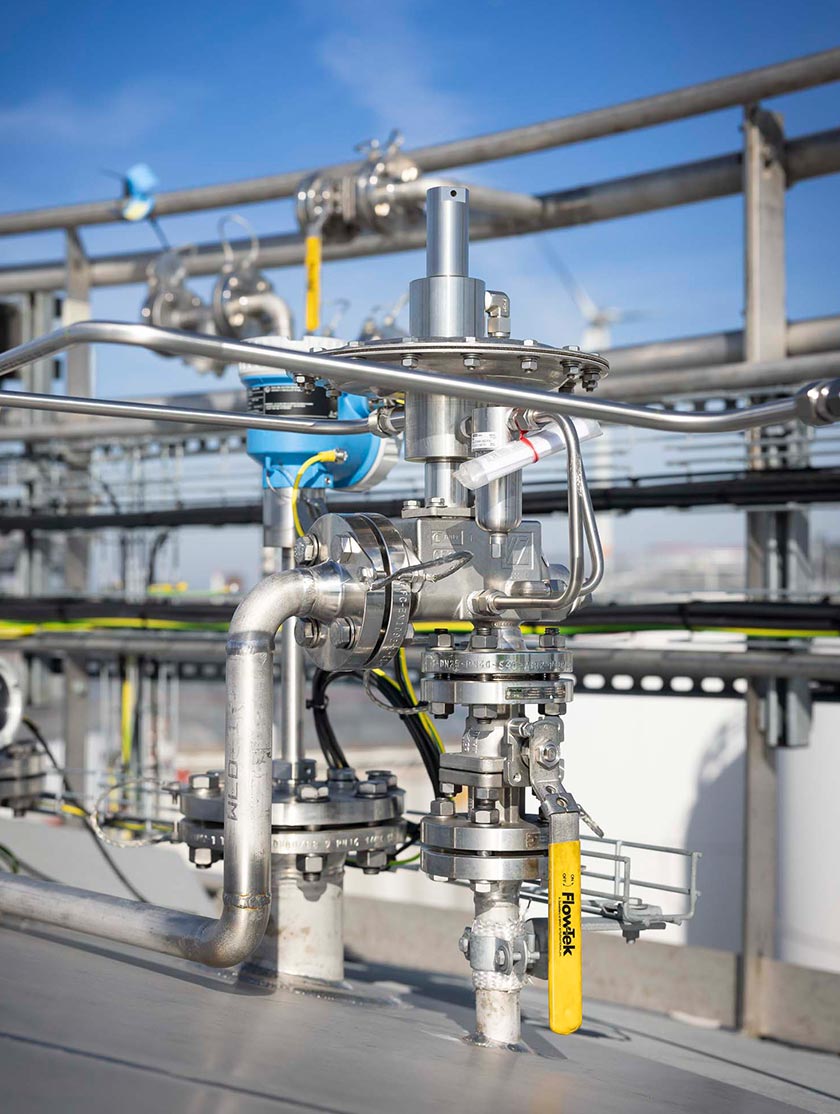Best Practices for Installing Pressure Reducing Regulators
Pressure reducing regulator (also referred to as pressure regulator) plays a critical role in various industrial, commercial, and residential applications by maintaining a constant downstream pressure regardless of upstream fluctuations. Proper installation of these devices is essential for optimal performance, long life, and safety. This article describes best practices for installing pressure reducing regulators, including important considerations and professional recommendations.
Understanding Pressure Reducing Regulators
A pressure reducing regulator is a valve that automatically reduces a high inlet pressure to a low, stable outlet pressure. It protects sensitive downstream equipment from pressure spikes and helps maintain system efficiency.
Best Practices for Installing Pressure Reducing Regulators
1. Select the Correct Regulator Type and Size
Before installation, ensure that the pressure reducing regulator is suitable for your specific application in terms of flow rate, inlet pressure range, and outlet pressure requirements. Regulators that are too large or too small will not control pressure accurately, resulting in inefficiency or system damage.
2. Install in a Location with Adequate Access
Locate the pressure reducing regulator where it is easily accessible for maintenance, inspection, or adjustment. Avoid confined spaces that may make troubleshooting or future maintenance difficult.
3. Follow Manufacturer's Markings for Flow Direction
Most pressure reducing regulators have an arrow indicating the correct flow direction. Installing the regulator backward may cause malfunction or damage. Always align the regulator so that the inlet and outlet ports properly align with the system piping.
4. Include the Proper Upstream and Downstream Components
- Upstream: Install a shutoff valve and filter or strainer upstream of the regulator to protect it from debris and isolate it for maintenance.
- Downstream: Consider a bypass valve or pressure gauge to monitor outlet pressure and system performance.
5. Ensure Piping is Properly Aligned and Supported
Misaligned piping can put unnecessary stress on the pressure reducing regulator housing and connections, which could cause leaks or mechanical failure. Use pipe supports and flexible connectors to relieve strain where needed.
6. Minimize Pressure Fluctuations with Sufficient Spacing
Provide sufficient straight pipe both upstream and downstream (typically 10 pipe diameters upstream and 5 downstream) to ensure consistent flow to the pressure reducing regulator and avoid turbulence that can cause erratic pressure regulation.
7. Install Pressure Gauges for Monitoring
Install pressure gauges on the inlet and outlet sides of the pressure reducing regulator. These instruments provide valuable diagnostic data for adjusting settings and troubleshooting.
8. Relieve or Vent Pressure as Needed
If the pressure reducing regulator is installed in a closed system, ensure that any trapped air or excess pressure can be safely vented. Some regulators come with built-in venting mechanisms; otherwise, include them in the system design.
9. Perform Leak Test After Installation
After installation, thoroughly leak test all connections using a soap solution or electronic leak detectors. Even small leaks can compromise regulator performance and system safety.
10. Adjust Set Point to System Needs
After installation, carefully adjust the pressure reducing regulator set point to the desired downstream pressure. Make small, gradual adjustments and monitor the stability of the gauges.
Additional Tips for Optimal Operation
- Regular Maintenance: Schedule routine inspections to clean filters, check for wear, and verify calibration.
- Environmental Protection: Protect pressure reducing regulators in outdoor installations from extreme temperatures, humidity, and corrosive environments with protective housings or coatings.
- Use Compatible Materials: Ensure that the regulator materials are compatible with the process medium—gas, water, or other liquids—to prevent corrosion or degradation.
Conclusion
Properly installing a pressure reducing regulator is critical to maintaining consistent downstream pressure, ensuring system reliability, and protecting your equipment. By following these best practices—proper sizing, orientation, support, and careful selection of fittings—you can maximize the performance and lifespan of your pressure regulators. Adhering to the manufacturer's guidelines along with industry best practices will ensure a safer and more efficient pressure control system.
Need the Right Pressure Reducing Regulator? Get Expert Help Selecting the Ideal Regulator Engineered for Performance |
Cashco’s pressure reducing regulators are designed for precise pressure control across a wide range of industrial applications—delivering reliability, safety, and efficiency. For more information about Cashco's regulators, view all models here .
Cashco's priority is to make sure you select the right product for your application. Need help sizing your regulator? Complete our Regulator Sizing Form and our experienced team will gladly assist you in finding the ideal product!
Animated Guide: Pressure Reducing Regulator Function |
Discover the workings of a pressure reducing regulator in our animation video. Using the force-balance principle, this device reduces and maintains downstream pressure in a pipeline. Watch as we demonstrate how the regulator’s diaphragm and valve assembly create resistance to reduce upstream pressure. Learn how downstream flow demands impact the regulator, causing it to adjust and maintain a constant pressure.





